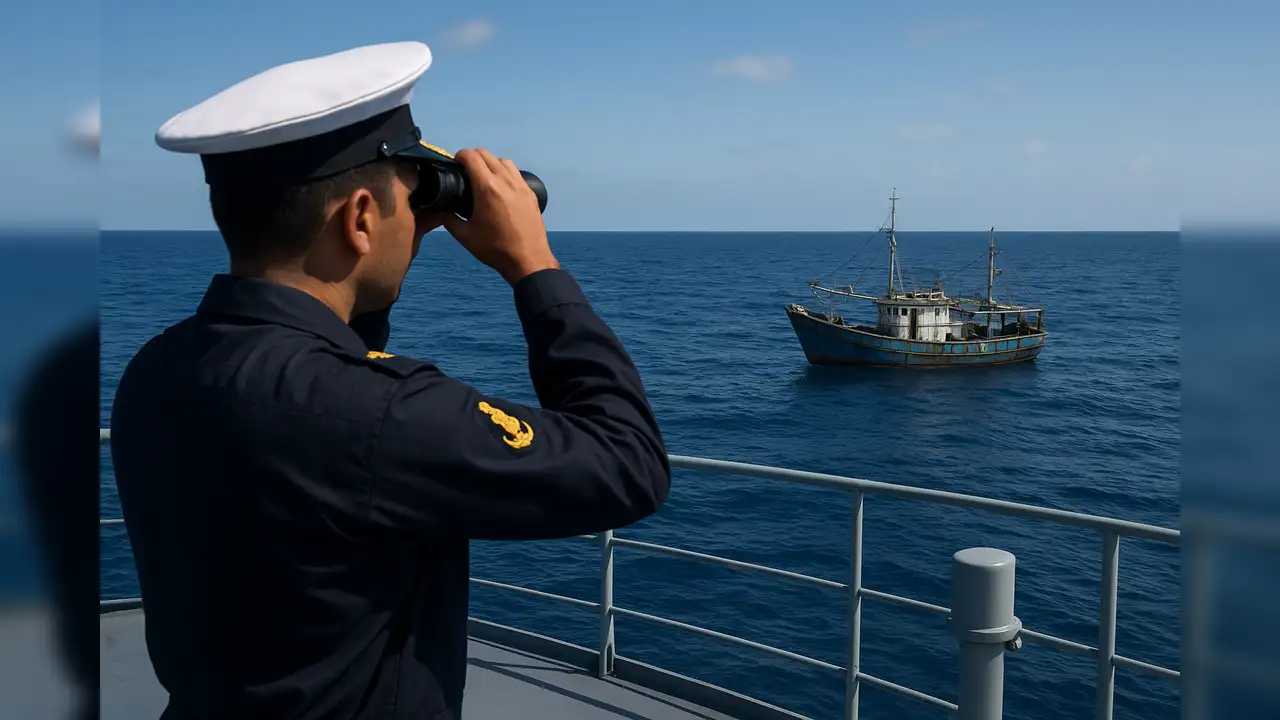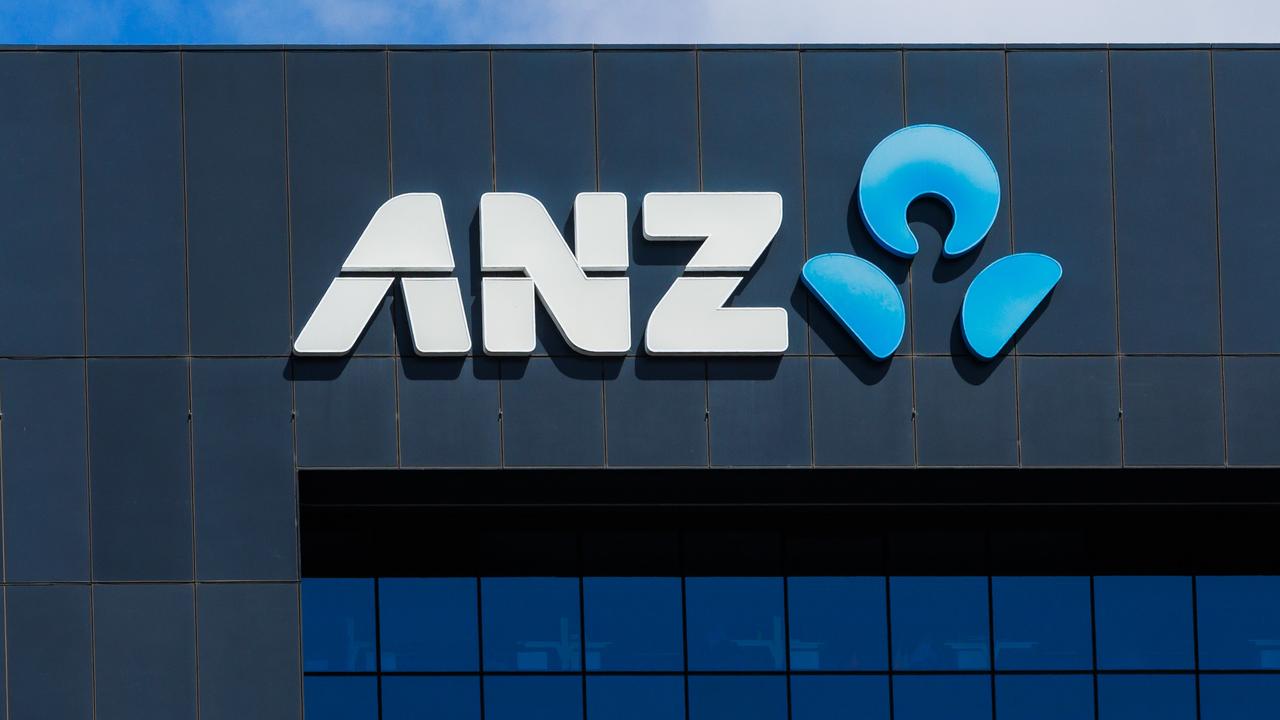Copyright timesnownews

The Arabian Sea has always been more than a stretch of water. It is a conduit of commerce, a corridor of history, and increasingly, a theatre where the Indian Navy wages one of the world’s least-publicised wars — the war against maritime narcotics. In April 2021, during a routine patrol west of Lakshadweep, INS Suvarna intercepted a fishing vessel with suspicious movements. The boarding team uncovered more than 300 kilograms of narcotic substances, estimated at roughly ₹3,000 crore in the international market — a major seizure later confirmed by the Ministry of Defence in a press release dated 19 April 2021. The operation, conducted in coordination with other enforcement agencies, exposed the depth of India’s decade-long campaign against maritime narcotics in the Indian Ocean Region (IOR). According to the UNODC’s Maritime Trafficking studies and Global Maritime Crime Programme, India has emerged as a leading actor in narcotics interdiction along the “Southern Route” — the maritime corridor linking the Makran Coast of Pakistan and Iran to East Africa. Indian naval and coast guard operations under national and regional task forces have consistently accounted for some of the largest heroin and methamphetamine seizures reported in the northern IOR. This success rests on three interlocking pillars: intelligence, coordination, and credibility. Intelligence The first pillar is intelligence. The Information Fusion Centre–Indian Ocean Region (IFC–IOR), established in 2018 at Gurugram, functions as the hub of India’s maritime domain awareness network. It aggregates data from partner nations — including Australia, France, Singapore, and the United States — integrating Automatic Identification System (AIS) feeds, radar tracks, and satellite imagery to identify suspicious vessels. As a senior naval officer told The Hindu, “Every interdiction begins with an anomaly on a screen — a vessel moving where none should be.” Coordination The second pillar is coordination. India’s maritime counter-narcotics framework is marked by seamless cooperation between the Indian Navy, Indian Coast Guard, Directorate of Revenue Intelligence (DRI), and the Narcotics Control Bureau (NCB). Inter-agency tasking ensures that seizures at sea transition quickly into legal prosecution under the Narcotic Drugs and Psychotropic Substances (NDPS) Act. Following the Suvarna operation, for instance, the NCB took custody of the vessel and its Sri Lankan crew — a process that demonstrated how maritime interdictions are integrated into onshore judicial mechanisms, preventing them from disappearing into procedural limbo. Credibility The third pillar, and arguably the most important, is credibility. Every major seizure is logged with the UNODC and other regional reporting frameworks, creating a transparent and verifiable record. In an ocean rife with performative enforcement and politically driven press conferences, India’s approach remains quiet, procedural, and auditable. A regional maritime-security report published in 2024 noted that India’s data-sharing practices through IFC–IOR were among the most consistent in Asia, with nearly every interdiction documented from seizure to prosecution — a benchmark of institutional transparency rare in the wider region. India’s vigilance also extends beyond its borders. Under the Security and Growth for All in the Region (SAGAR) initiative, Indian naval ships regularly conduct joint patrols and training programmes with the navies of the Maldives, Seychelles, and Sri Lanka, strengthening collective capacity to detect and deter illegal activity. In 2023, an Indian Navy vessel conducted a coordinated patrol with the Seychelles Coast Guard, leading to a major contraband seizure in the western Indian Ocean — an operation cited in regional maritime-security assessments as an example of South–South cooperation in action. Technology and Professionalism Technology has amplified this vigilance. Synthetic-aperture radar satellites, low-Earth-orbit imaging, and AI-aided anomaly detection are extending India’s surveillance net beyond the visible horizon. Yet the most remarkable transformation lies not in hardware but in the habit of professionalism — treating drug interdiction as an integral part of India’s maritime ethos rather than a headline-grabbing event. It would, however, be premature to claim victory. The narcotics tide remains vast, adaptable, and transnational. But India’s consistency — a decade of operations, prosecutions, and transparent reporting — marks a decisive break from the region’s episodic enforcement patterns. The deterrent effect grows cumulatively: with every interception, every open trial, and every conviction, India cements its reputation as a credible and dependable guardian of maritime order. Vigilance must become instinct, not reaction. That instinct has long defined the Indian Navy’s quiet triumph — an uncelebrated but enduring assertion that professionalism and persistence remain the surest anchors of maritime stability. And perhaps, when the next unmarked dhow is stopped before vanishing into the horizon, it will not make news either — because for India, such vigilance has ceased to be a story; it has become second nature. For all the latest news and india news, visit Times Now to get live updates and breaking news around the world.



